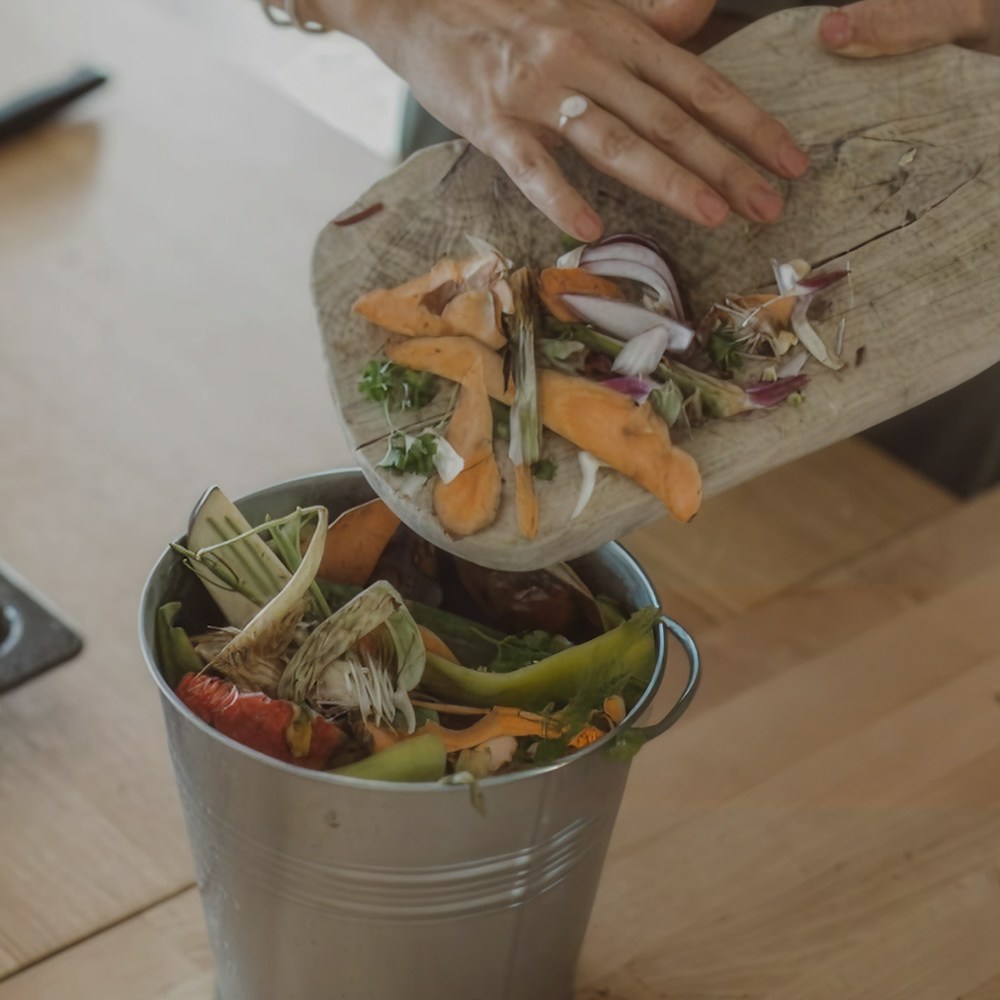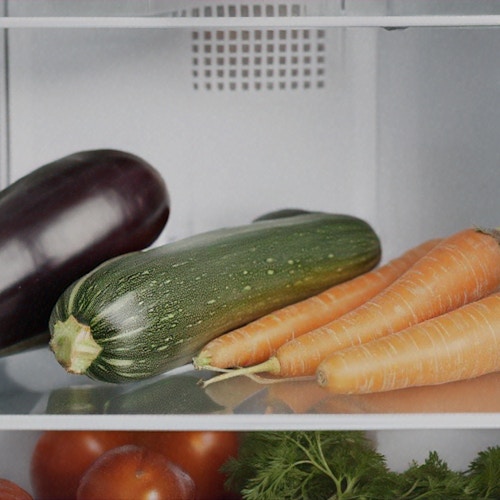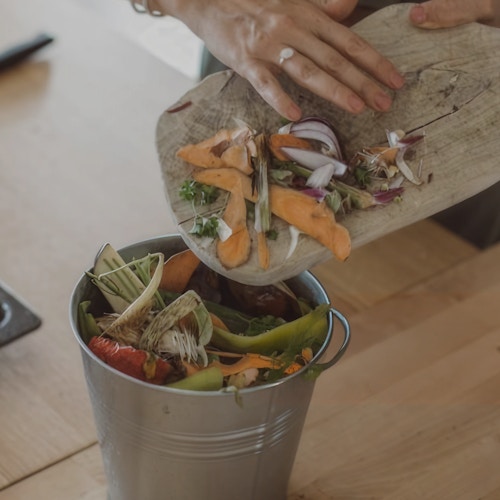
Food Waste in the USA: data, causes, and how we can reduce it
→
Discover the data behind food waste in the US, its causes, and how we can reduce it with practical tips and technologies like Shelfy, which helps extend food shelf life.
- Tackling food waste in the US: why it matters now more than ever
- The current state of food waste in the US
- The causes of food waste in the US
- How can we reduce food waste in the US?
- The benefits of reducing food waste
- It’s time to act — your role in reducing food waste
Tackling food waste in the US: why it matters now more than ever
Food waste is a pressing issue in the United States, affecting not only the environment but also our economy and society. It is estimated that approximately 40% of all food produced in the US goes to waste, with significant implications for the environment, economy, and social systems. This article explores the current state of food waste in the US, its causes, and the innovative solutions available to help reduce waste in our homes and businesses.
The current state of food waste in the US
In the US, food waste is a colossal problem. According to the Environmental Protection Agency (EPA), the country discards around 133 billion pounds of food annually, amounting to nearly $161 billion in lost food. This waste is not just a matter of financial loss, it also contributes to massive environmental harm. Food production requires significant resources such as water, energy, and land, and the waste of these resources accelerates the depletion of our planet’s precious assets.

The causes of food waste in the US
Food waste in the US is driven by several factors. On the consumer side, cultural habits like overbuying, impulse purchasing, and serving excessive portions lead to significant waste. Another contributing factor is the improper storage of food at home, many consumers do not know how to store food optimally to maximize shelf life, which results in spoilage. Retailers also contribute to food waste by discarding food items that are not aesthetically perfect or that are nearing their expiration date. This inefficiency across the supply chain creates a situation where edible food ends up in landfills rather than being consumed.
How can we reduce food waste in the US?
Reducing food waste starts at home, and there are many steps we can take. Meal planning, purchasing only what we need, and proper food storage are essential steps. However, one effective way to reduce waste is by using technology like Shelfy by Vitesy.
Shelfy is an air purifier designed specifically for refrigerators. It helps extend the shelf life of fresh food by reducing bacterial growth and slowing down the ripening process, which can help reduce food waste. You can learn more about Shelfy and how it can help your fridge stay fresher for longer by visiting this link.

In addition to technological solutions, organizations across the US are working to redistribute excess food through food banks and mobile apps like “Too Good To Go,” which help ensure food reaches those who need it most. At the policy level, governments have started implementing measures to encourage waste reduction, such as incentivizing businesses to donate surplus food.
The benefits of reducing food waste
The benefits of reducing food waste are numerous. Environmentally, cutting waste helps preserve resources, such as water and land, and reduces the carbon footprint associated with food production. Economically, households can save significant amounts of money by reducing waste. Studies show that the average American family of four wastes around $1,500 worth of food annually. On a social level, reducing food waste ensures that more food is available for those in need, helping fight hunger and inequality.
It’s time to act — your role in reducing food waste
Food waste is a major problem in the US, but it’s one we can tackle. By adopting better food storage practices, supporting innovative technologies like Shelfy, and making smarter choices when it comes to purchasing and consuming food, we can all do our part in reducing waste. Let’s take action now for a more sustainable, equitable, and economically sound future.




